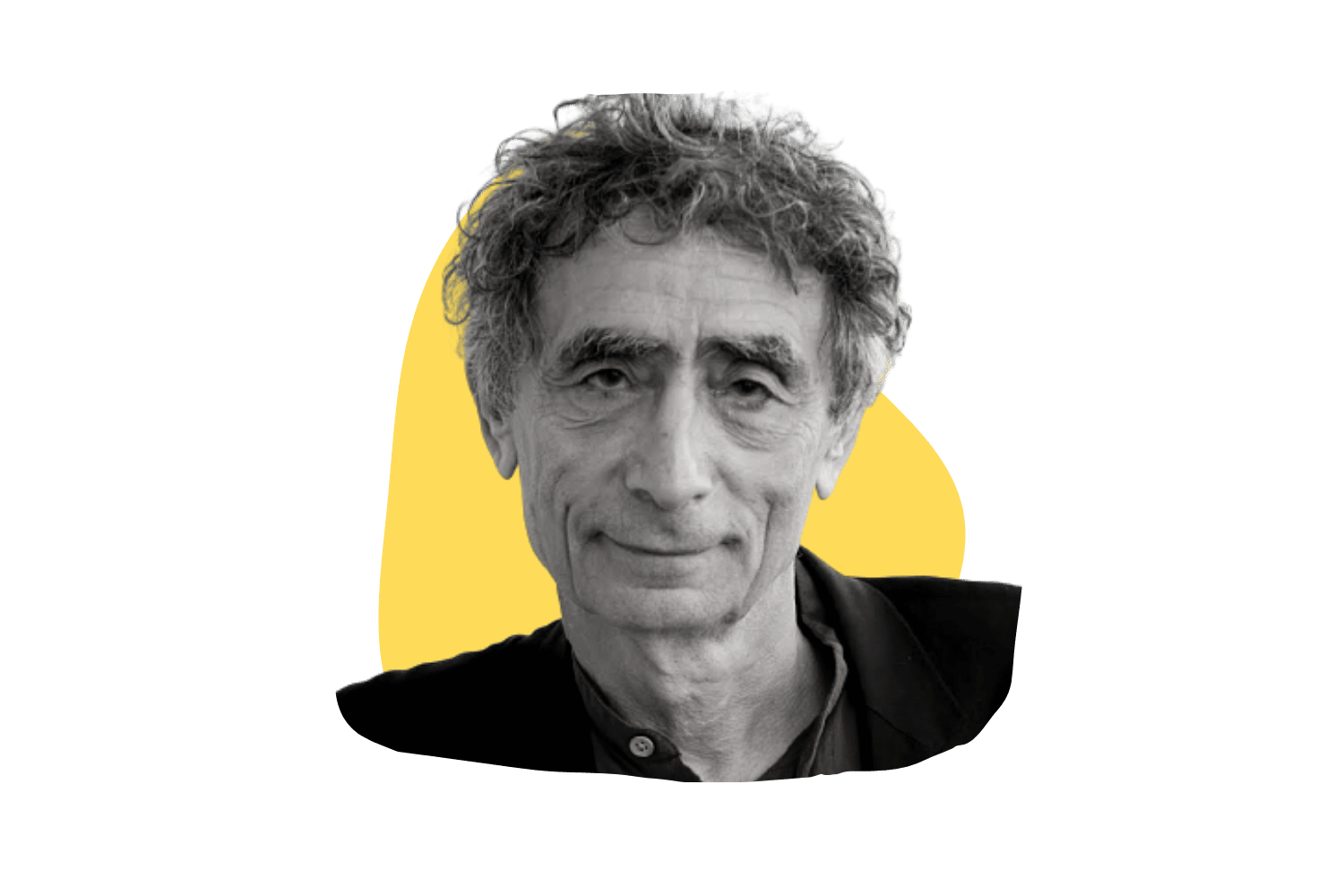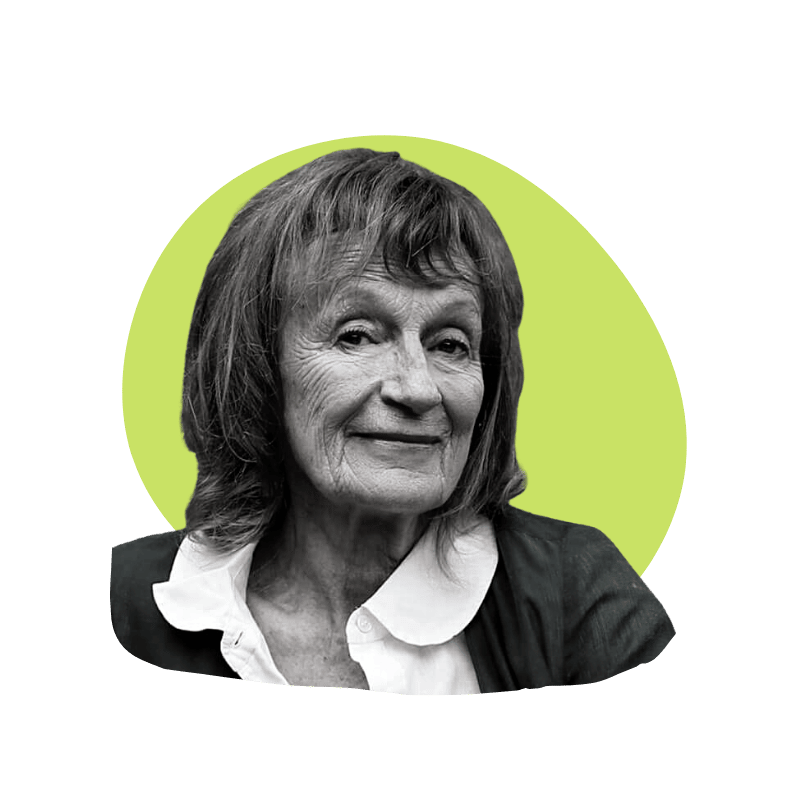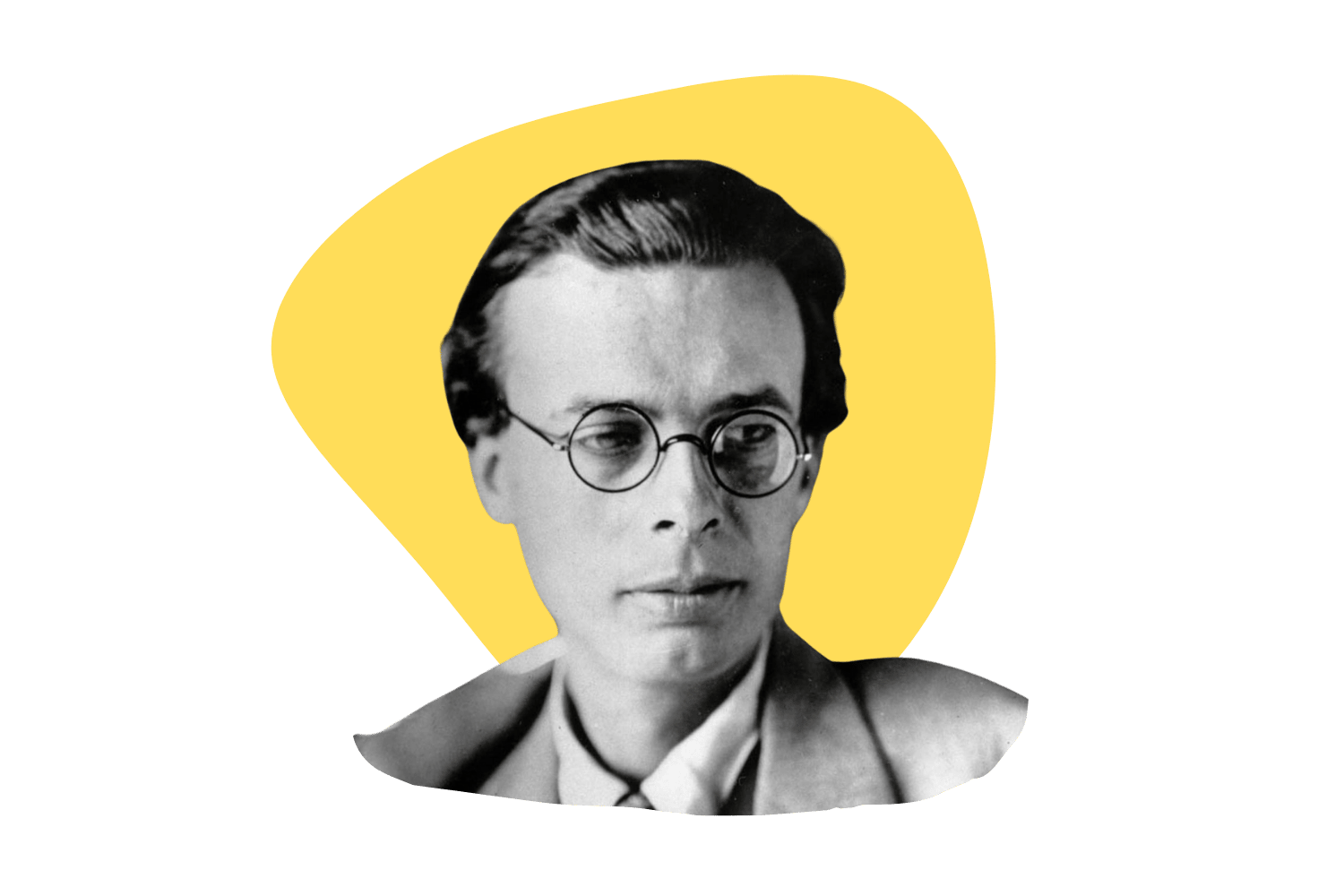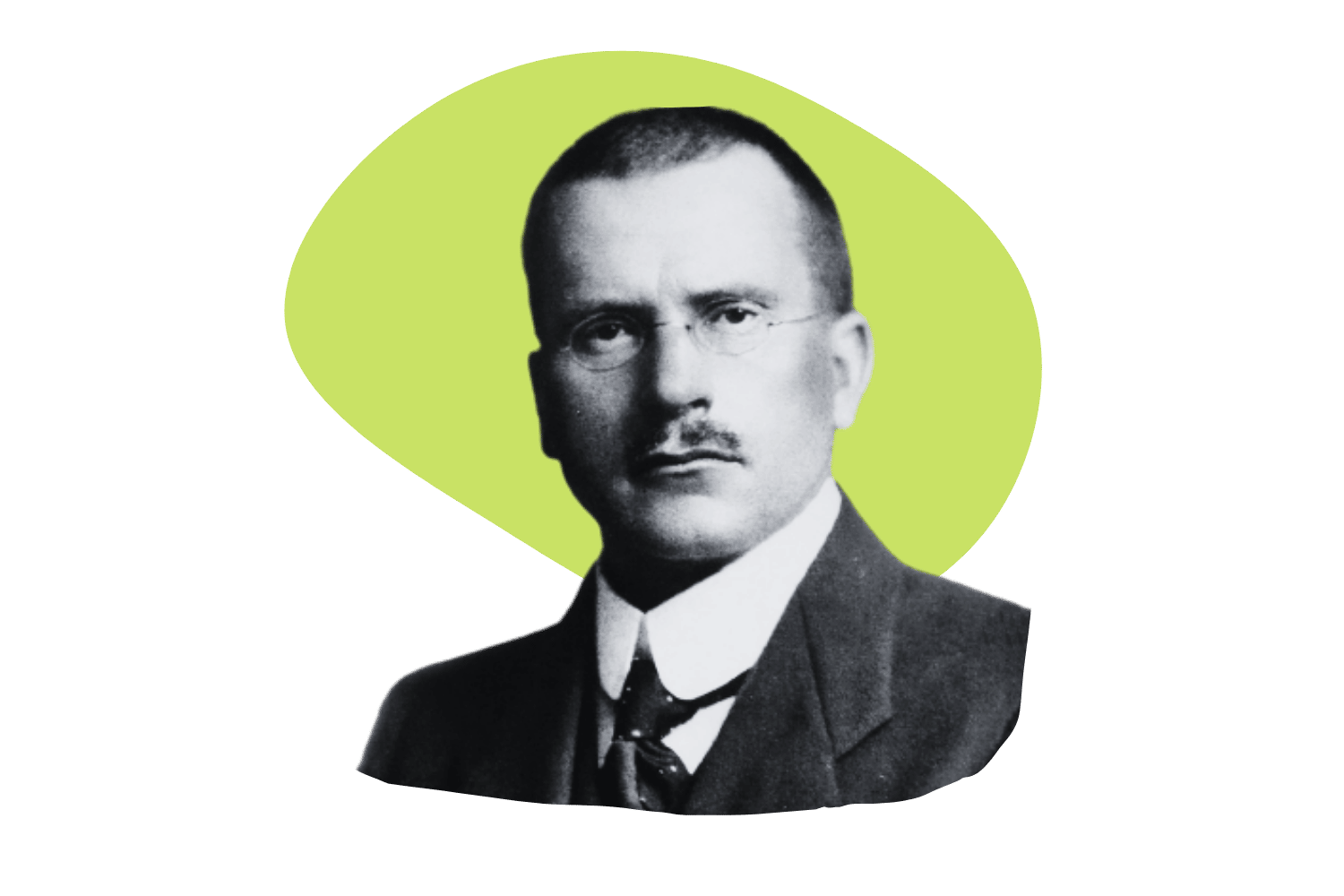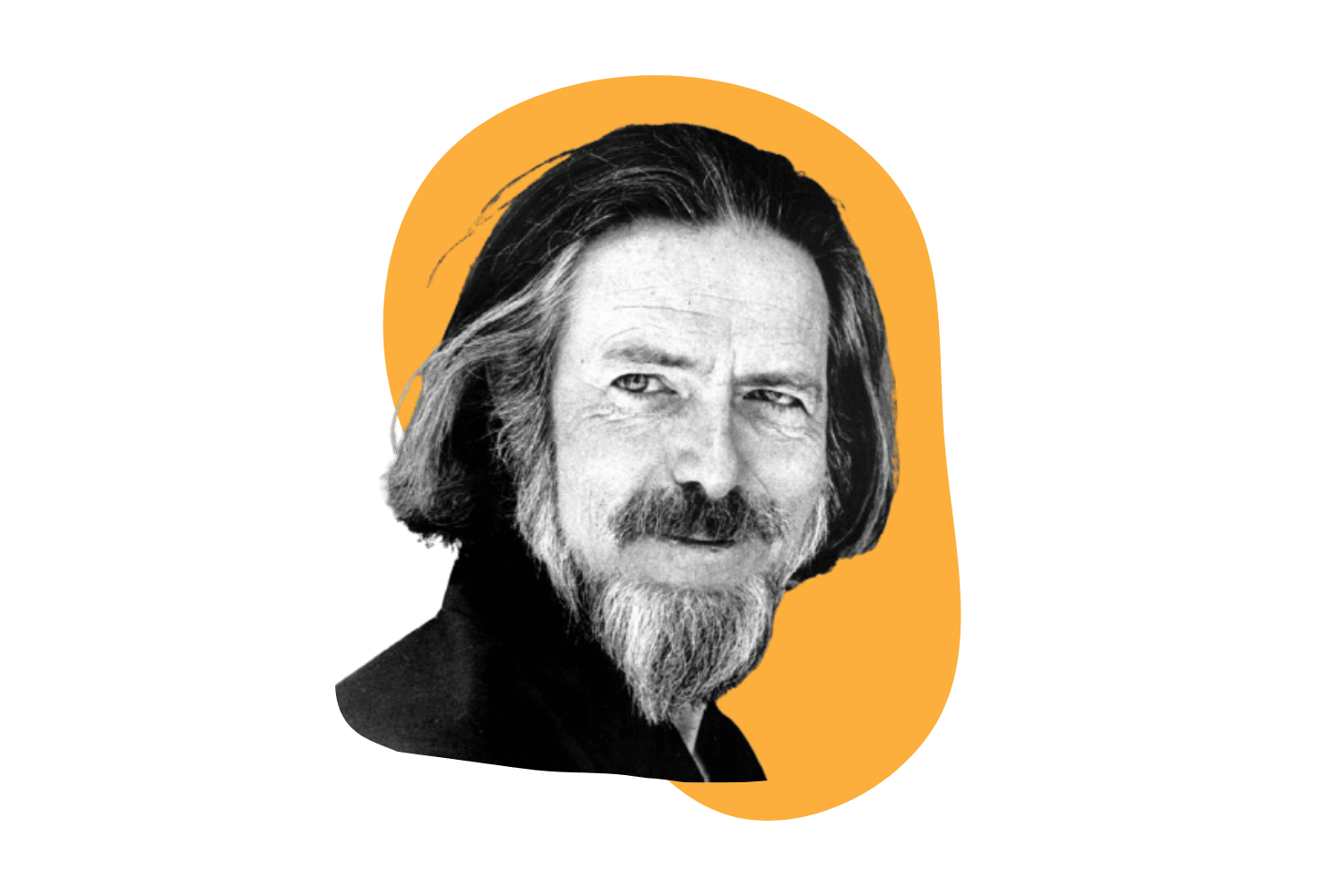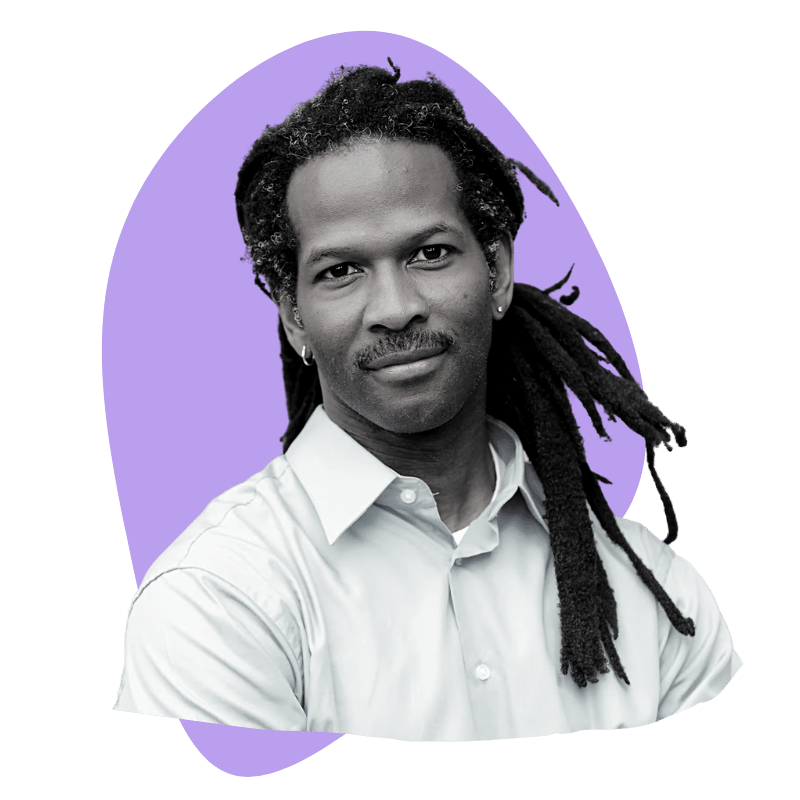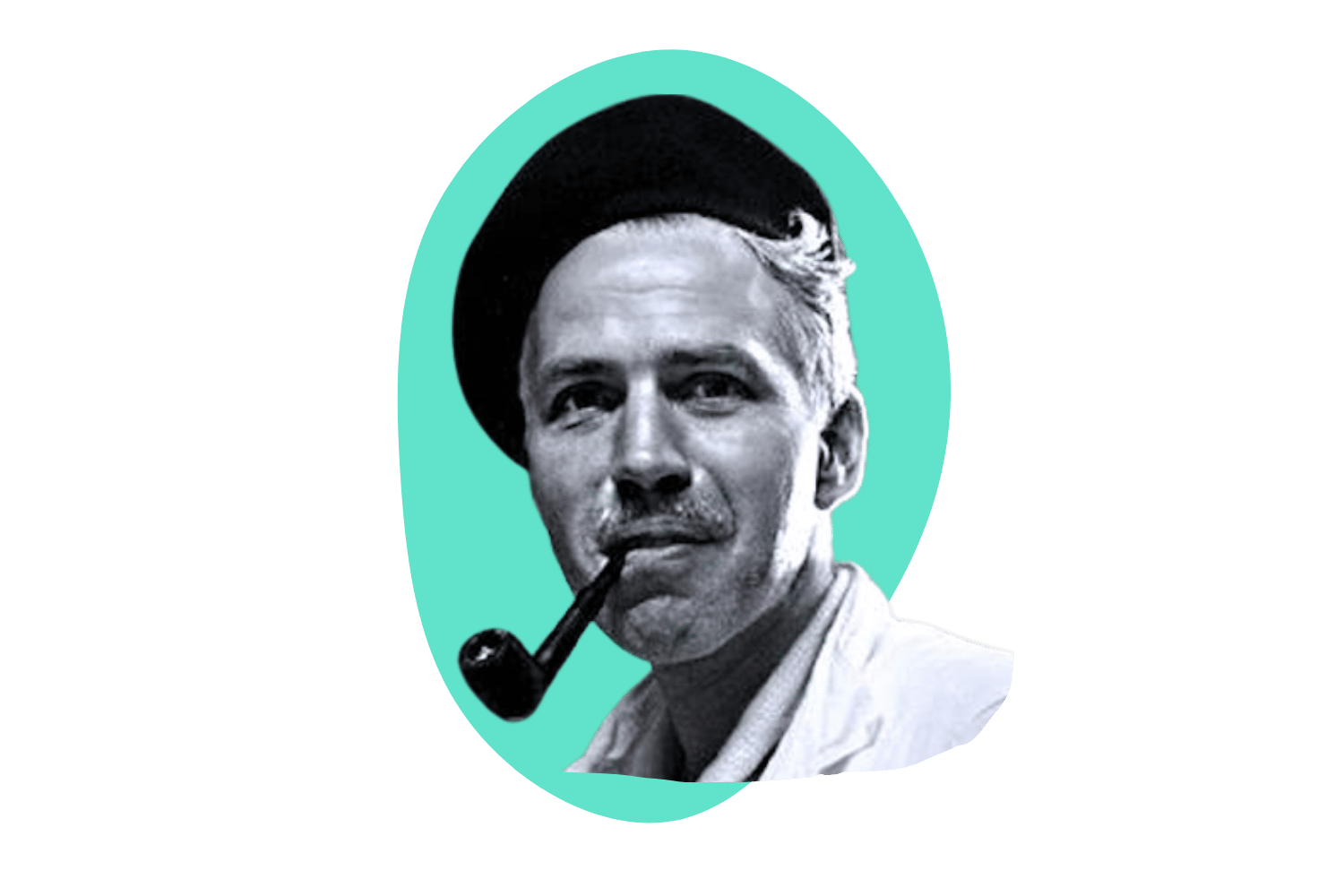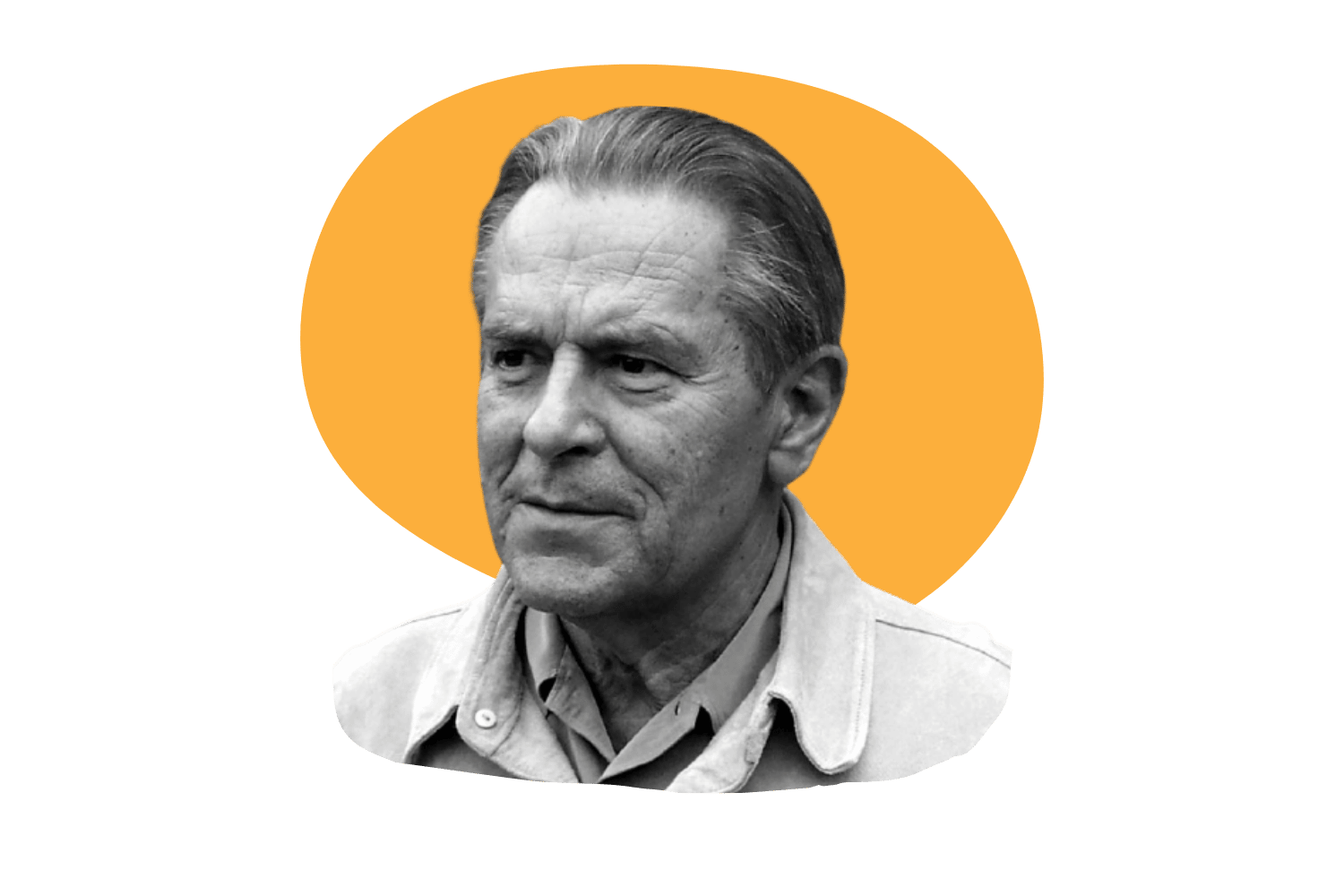Nick Sand: The Acid Alchemist Who Helped Define The ’60s
They say truth is stranger than fiction, and Nick Sand’s life proves it 📚
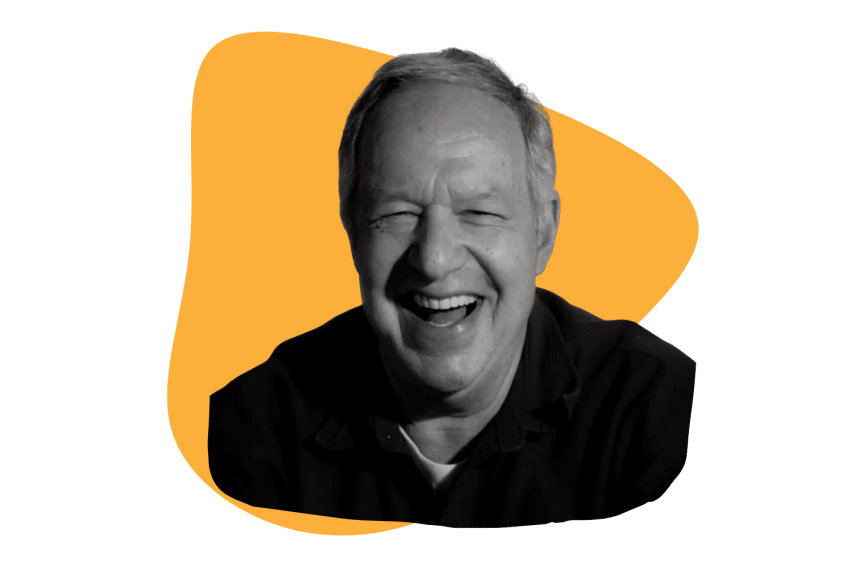
LSD, short for lysergic acid diethylamide, is synonymous with the counterculture wave that swept across America in the 60s, inspiring a generation of free thinkers.
One visionary chemist whose work with LSD and DMT has had a profound impact on the world of psychedelics and the counterculture movement is Nick Sand.
Sand and fellow chemist Tim Scully were responsible for creating “Orange Sunshine LSD,” a high-quality and potent form of the drug that was massively distributed by a group called The Brotherhood of Eternal Love based in California, who the police dubbed “The Hippie Mafia.”
This is the incredible story of Sand’s life and legacy — how his work helped shape a generation of rebels, artists, and spiritual seekers searching for a new way of life.
| Birth & Death | 1941-2017 |
| Occupation | Chemist, Alchemist of The League for Spiritual Discovery, Activist |
| Nationality | American |
The Early Life & Career Of Nick Sand
Nicholas Sand was born on May 10, 1941, in Brooklyn, New York, as Nicholas Francis Hiskey.
His passion for chemistry — which he would be most known for — likely started at a young age from his curiosity about the natural world, but it wasn’t what he pursued formally in his studies.
Nick’s father, Clarence Hiskey, worked as a chemist on the Manhattan Project during World War II until it was discovered he was meeting with a Soviet Union Agent and was promptly dismissed, accused of being a Soviet spy.
Nicholas’ parents divorced when he was very young.
His mother, Marcia Sand, reclaimed her maiden name and bestowed it upon Nick, who primarily lived with her but would occasionally visit his father.
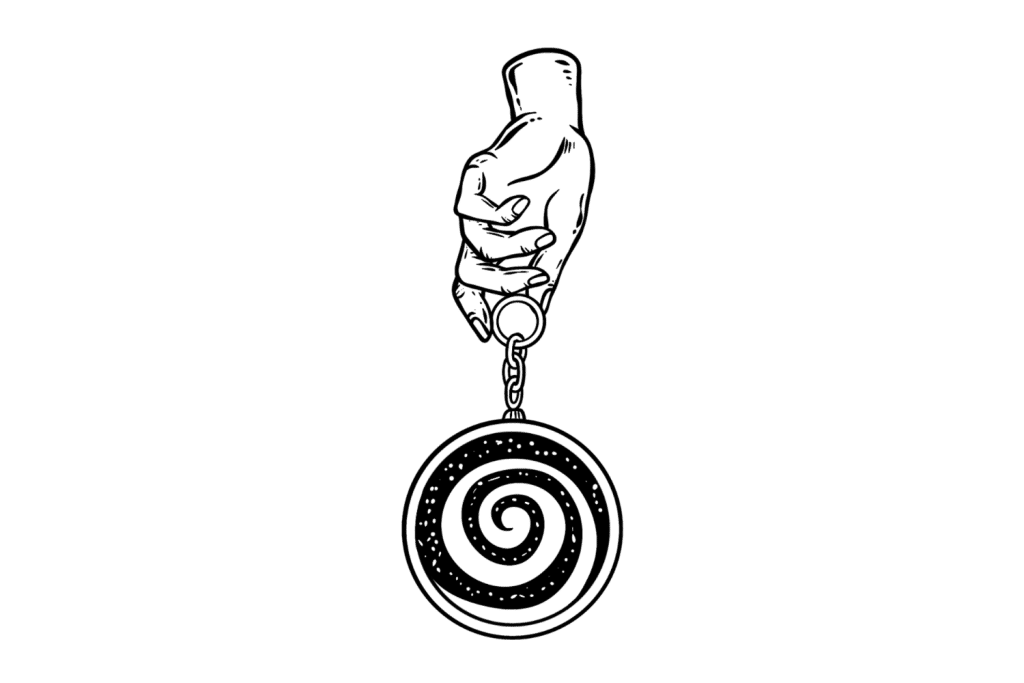
Nick Sand finished his studies at Erasmus Hall High School in Brooklyn in 1959.
In 1961, he married his childhood friend, Maxine (Melly) Lee Solomon. The pair moved to Israel for a year to live and work on a kibbutz — a collective, self-sufficient community focused on farming, manufacturing, and providing services within the group.
The following year, Sand would return home to attend Brooklyn College, graduating in 1966 with a Bachelor of Arts degree in sociology and anthropology.
Nicholas Sand’s First Psychedelic Experience & Philosophy
While in college, Sand came across literature about psychedelic substances and met with intellectuals who used them as a tool for personal growth.
In December 1962, Sand had his first psychedelic experience with mescaline sulfate. He credits this moment for giving him a profound sense of purpose and clarity. Sand continued to explore other substances, including peyote cactus, DMT, and marijuana, and immersed himself in the philosophies surrounding consciousness expansion with psychedelic drugs.
From that moment on, he knew that his life’s work would be to make psychedelic drugs widely available.
As he dove deeper into this way of life, he came across the work of Geroge Gurdjieff, a spiritual teacher who developed a unique philosophy for self-development influenced by a wide range of spiritual traditions from Buddhism, Hinduism, Sufism, Western esotericism, and psychology.
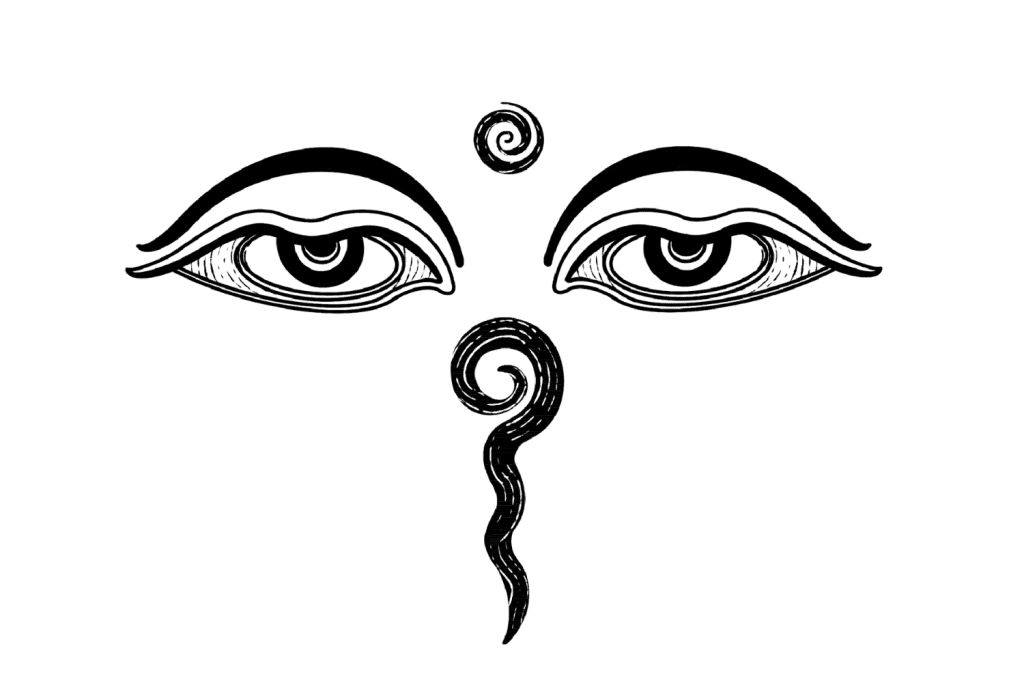
One of the key aspects of Gurdjieff’s work was the idea that human beings are asleep, both physically and spiritually, and that it’s possible for them to awaken and achieve their true potential.
Sand recognized that psychedelics could be used to bring about this awakening, which, together with the help of key influential figures of the 60s psychedelic era, guided him in the production and distribution of these drugs on a massive scale.
Bell Perfume Labs, The Origins Of Sand’s Psychedelic Lab
In 1963, Sand taught himself chemistry and set up his first lab in his mother’s attic.
The first psychedelic he synthesized was DMT (dimethyltryptamine), which was, at the time, only available as an intravenous injection. When DMT is consumed orally, it’s broken down by stomach enzymes and becomes inactive.
We also have Nick Sand to credit for coming up with the method of smoking DMT freebase, which made the drug more accessible for those who were averse to injecting it.
Sand became a professional psychedelic guide (trip sitter), helping facilitate DMT and mescaline experiences, for which he became widely respected.
As Sand’s popularity grew, the demand for his psychedelic products did too.
He eventually moved his lab to the basement to scale production but was forced to move it again after a chemical fire.
This time, he rented a commercial loft above a garment factory in Brooklyn, operating under the name “Bell Perfume Labs” as a cover for the real purpose of his business.
Millbrook: The Psychedelic Haven of the Counterculture
In 1964, Nick Sand crossed paths with Dr. Richard Alpert (better known as Ram Dass) when he lectured at Brooklyn College.
Sand introduced Ram Das to DMT, and in exchange, Sand was welcomed to Millbrook — a farm in upstate New York that served as the experimental playground for psychedelic drugs, communal living, alternative forms of spirituality, and home to prominent psychedelic figures, including Timothy Leary, Ram Dass, Tommy and Billy Hitchbook, and Ralph Metzner.
At Millbrook, Sand experienced his first LSD trip and was introduced to George Gurdihieff’s writing.
Immersing himself deeper into the psychedelic community, Sand eventually met prominent LSD manufacturer Owsley Stanley and his assistant, Tim Scully.
Together, they would develop new methods for synthesizing and distributing LSD and other psychedelic drugs, fueling the counterculture community across America.
The Underground Production of LSD & The Birth Of Nick Sand, The Acid Alchemist
In response to the growing rebellion of young people, President Richard Nixon declared Timothy Leary “public enemy number one” for his encouragement of drug use and outlawed LSD in 1966, which meant Sand would have to go underground to continue his work.
That same year, Leary incorporated the League for Spiritual Discovery as a religion that used psychedelic drugs as a sacrament. He appointed Nick Sand as “The Alchemist” for this church so law enforcement couldn’t impede his work.
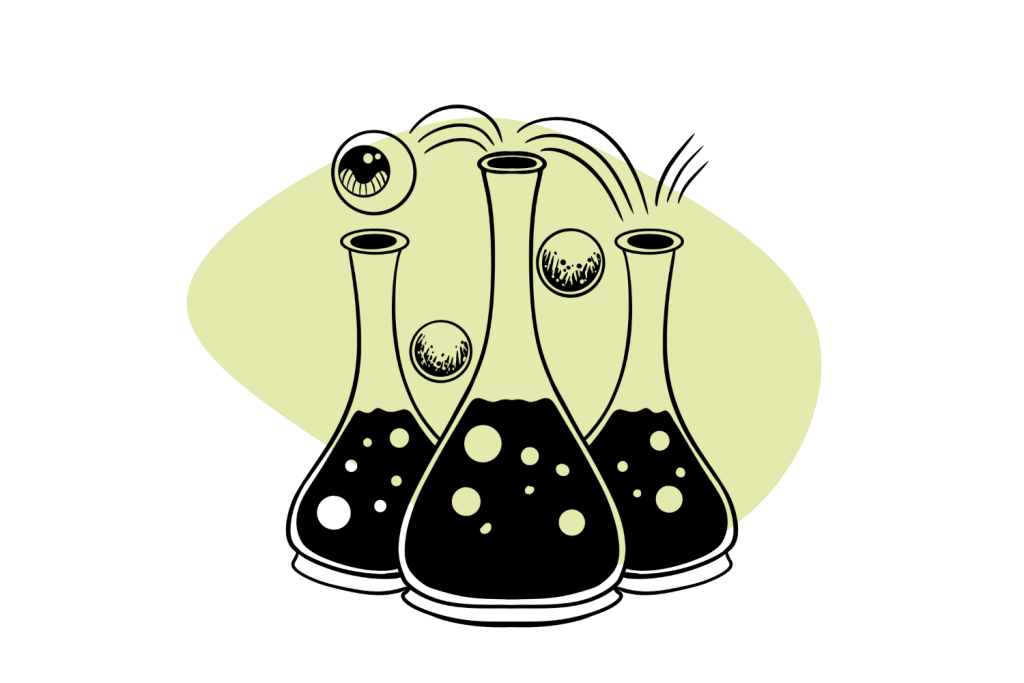
The nickname “The Alchemist” was a nod to Sand’s ability to turn base materials into something valuable, much like the legendary alchemists of ancient times who sought to transmute lead into gold.
The League for Spiritual Discovery wasn’t a traditional religion because it had no set dogmas. It was more of a loose organization that supported individuals with a shared interest in exploring the spiritual and philosophical implications of psychedelic experiences.
The California Move & D&H Custom Research
In 1967, Nick Sand and David Mantell, a fellow chemist, packed up Bell Perfume Labs in a moving truck, taking Owsley Stanley’s advice to move to California to expand on his chemistry work — but it wasn’t a smooth transition.
While driving across the country, the pair neglected to stop at a weighing station in Colorado and were subsequently arrested and jailed for refusing to pay a fine.
During their arrest, law enforcement searched their truck and discovered lab equipment and drugs, resulting in federal drug offense charges. However, after months of legal proceedings, the charges against Sand and Mantell were dismissed due to the illegality of the search conducted by the officers.
The chemists were free on bail and made it to California. However, this run-in with the law took a huge toll on their ability to work, and they were essentially starting from scratch.
To get back on their feet, Tim Scully taught Sand how to make 2,5-dimethoxy-4-methylamphetamine (DOM), which was at the time a still-legal psychedelic, known as “STP,” on the street.
Later that year, Sand and Mantell set up a new chemical company in San Francisco named D&H Custom Research, using the aliases Nicholas Dashman and David Hoffmann.
D&H worked with the Oakland Hells Angels to distribute their products, which included STP, DMT, MDA, and MDMA. This helped them grow and scale D&H Custom Research to new heights.
Orange Sunshine LSD & The Brotherhood Of Eternal Love
When Owsley Stanley’s LSD California lab was shut down by federal agents, Sand and Scully stepped in, driven by their beliefs that acid could save the world.
The pair traveled to Europe searching for lysergic acid to make LSD. While the trip was a success, Sand still lacked the know-how to manufacture pure LSD of the same caliber as Stanley.
As fate would have it, police raided Scully’s Denver lab in 1968, and while he managed to escape arrest, he was out of a lab. Sand agreed to finance a new lab for producing LSD in exchange for Tim Scully’s knowledge of Owsley Stanley’s process.
This partnership would go on to heavily influence the 1960s, as this lab produced over 4 million 300μg doses of Orange Sunshine LSD.
Orange Sunshine was known to be particularly potent, with some reports suggesting that it was up to four times stronger than the common LSD available at the time.
As part of Scully and Sand’s agreement, they would work with the Brotherhood of Eternal Love for distribution rather than The Hells Angels because of their violent nature.
Members of The Brotherhood had connections to other prominent counterculture figures at the time, including Timothy Leary and the Grateful Dead, which helped to establish the group’s influence.
This idealism and a sense of purpose inspired many to explore the drug and its potential for personal and social change.
The Brotherhood’s activities were eventually caught on by law enforcement, and many members were arrested for drug-related offenses as the government cracked down on his hippie subculture.
For an in-depth exploration of this story and a firsthand account of what was happening during that time, we strongly recommend watching “The Sunshine Makers,” a documentary released in 2015 that features interviews with both Sand and Scully.
Legal Issues
In 1972, Nick Sand, Tim Scully, and other Brotherhood members were arrested and charged with drug manufacturing and distribution following a California-based investigation called Operation BEL, which specifically targeted the Brotherhood.
Sand and Scully were indicted in April 1973 and convicted the following year. Nick Sand was sentenced to 15 years and sent to McNeil Island jail to serve.
After serving his sentence for several months, Sand was out on bail and submitted an appeal bond. However, in 1976, Sand got word that his appeal would be denied, so he became a fugitive, managing to elude federal surveillance and making his way to Canada.
Nick Sand’s Underground Life
Nick Sand’s life as a hiding fugitive is just as incredible a story as his life in the heart of the counterculture scene. His interest in psychedelic substances never faded, and he continued his passion in different avenues.
Sand’s wife, Judy Shaughnessy, joined him in Canada, where they settled in the Okanagan Valley and grew psilocybin mushrooms for a living.
When a friend gave him a book on the Indian mystic Shree Rajneesh, Sand was inspired to travel to India and meet the holy man.
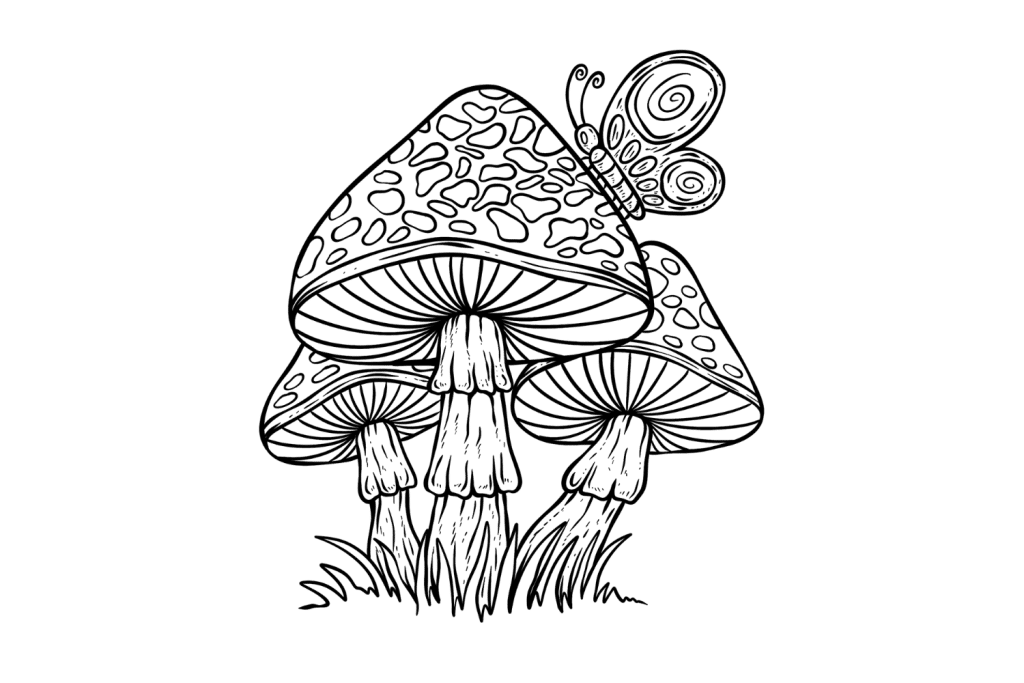
In India, he lived in an ashram and learned hydroponic gardening. It wasn’t long before they felt the need to return to America. Eventually, Nick, Judy, and Rajneesh left India and settled at a ranch 120 miles southeast of Portland, which became a Rajanshee community.
At this time, Sand lived undercover as a Canadian, producing large quantities of LSD.
Rajanshee’s ashram disbanded after it was rumored to be a “sex cult” in late 1985, so Sand left Oregan for Aldergrove, British Columbia and picked up growing his magic mushrooms, and started growing marijuana hydroponically, which was a more successful endeavor than selling shroom alone.
When Sand traveled with his partner, Varuni, to Belize, he met two Canadian gold miners named Smith, who presented him with an opportunity to establish a legitimate business.
Sand invested in their machinery and worked with them for some time until the relationship soured.
The Smiths stole from Sand and reported him to the RCMP under allegations of arson.
Luckily, Sand was still living undercover as Ted Parody, which meant that the RCMP officers failed to discover Sand’s fingerprints from McNeil Island, so he was released on bail and abandoned the Ted Parody identity.
By 1995, Sand had set up a lab in Port Coquitlam near Vancouver to produce LSD, DMT, MDMA, and MDA on a large scale. He was arrested in 1996 and given a 9-year sentence in Canada.
Nick Sand’s Work In Prison & Release
Sand’s lawyer found a way for him to return to America with credit for time served in a Canadian jail.
While in prison, Sand worked on a book titled Psychedelic Secrets, which detailed insights and advice on how to use psychedelic drugs to explore the mind, but this book would go unpublished.
In December 2000, Sand was released to a halfway house, and his parole was terminated in 2005, which meant he could travel internationally again.
He became active in the psychedelic movement, speaking at conferences all over the world and advocating for the use of psychedelics for personal growth.
The Legacy Of Nick Sand, The Counterculture’s Chemist
Nick Sand’s legacy is multifaceted, as he was a crucial figure in the counterculture movement — a clandestine chemist.
According to a National Geographic interview, Sand is credited with producing 140 million doses of LSD, which undoubtedly played a pivotal role in shaping that era.
Aside from his involvement in the drug culture, Sand was outspoken against war and advocated for personal freedom and individual rights.
Despite his many legal troubles throughout his life, Sand’s legacy inspires new generations of young people to embrace alternative lifestyles and seek self-improvement through consciousness-expanding substances.
A special thank you to Tim Scully for providing us with a very detailed, intimate biography of the life and legacy of Nick Sand.

